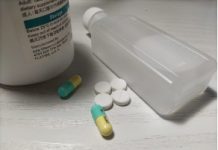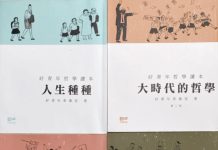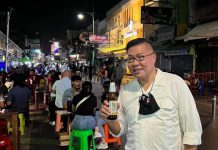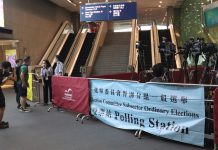For youngsters of his generation, Sheung Shui’s shopping malls were a place for leisure and socialising. Choi says this has completely changed. Restaurants like KFC and Pizza Hut were regular hang-out joints for local youths, but these are now gone, replaced by stores selling gold and luxury handbags.
Choi says that when he sees parallel traders queue up in front of the train station, and hears them speaking in Putonghua, or when they run into him with their trolleys, he feels alienated from the place he has lived his entire life.
The Sheung Shui of today may seem a world away from the Sheung Shui of Choi and Leung’s childhoods, but even that is another world away from the Sheung Shui of not long before they were born.
Before urbanisation, the area that is now Sheung Shui was made up of villages, including centuries-old walled villages, a couple of market towns and acres of farmland.
It would have been a common sight to see farmers herding cows across the narrow-gauge railroad and to hear Hakka songs being sung by old women.
“I lived in a village at that time,” says school teacher Simon Wong Yun-keung who is also a serving District Councillor in the area. “[We] could buy fresh vegetables, or plant them ourselves. [Sometimes] people peddled them at your door.”
Wong moved to Sheung Shui to teach more than 30 years ago and misses the days when he would ride his bicycle home after work and make a cup of coffee to sip on his second floor balcony while he sat down to mark students’ workbooks.
The village was a small and close-knit community where everyone knew each other and outsiders were easily spotted. “When I first moved in, I needed to introduce myself to all the villagers. Dogs would bark at you if they did not know you,” Wong recalls.
As the only “immigrant” from the city, Wong got a taste of community he had never experienced before. During the Dragon Boat Festival, he was invited to share the joy of wrapping hundreds of rice dumplings with other residents, and he was regularly invited to tea gatherings.
Whenever something happened in Sheung Shui, everybody was in it together. When a resident had to build a wall in the garden, he or she would invite five or six households to help out; and whenever an expectant mother needed medical help, the men would escort her to the village entrance and wait for an ambulance.
Before North District Hospital was constructed, the nearest hospital was in Sha Tin. Complications during pregnancy could be dangerous, especially in cases of premature labour. The road leading to the village was not wide enough for an ambulance to pass through.






































